The Inverness Football Memories project has been reflecting on a double-header organised in 1993 to mark the centenary of the Highland League.
The Am Baile project is a partnership between Caley Thistle’s Community Trust, Clachnacuddin FC and High Life Highland and its aim is to record the history of association football in Inverness since its beginnings in the 1880s and for older members of the community meet to recall football memories.
On 15 May, a Highland League select played an English FA XI at Borough Briggs, Elgin, and drew 2-2.
The following Saturday, the select, managed by Ross County manager Bobby Wilson, played a Scotland under-21 XI, losing 3-0 at Telford Street Park, Inverness.
The centenary was also marked with the publication of a book called the Highland Hundred, researched and written by Inverness-based journalist Bill McAllister, who died last month.
McAllister was an obvious choice to write the book, having reported on the game in the Highlands since the early 1960s.
Bridge Street beginnings for league
His passion for the game and humour is demonstrated in his 205-page record of the league, which was formed following a meeting “of footballers and gentlemen” in the Workmen’s Club in Bridge Street, Inverness, on August 4, 1893.
A Mr J Allison, of Caledonian, chaired the first meeting with Mr Hugh Dallas of Union as interim secretary and the clubs represented were Caledonian, Citadel, Clachnacuddin, Camerons, Thistle and Union.
Colour Sergeant MacPherson, of the Cameron Highlanders, presented a motion that they form the Highland League. Mr Colin MacRae, of Union, seconded the motion, which was carried unanimously.
An invitation was extended to teams in Forres, Elgin and Dingwall to join, along with the Seaforth Highlanders, stationed at Fort George.
Sides stretching beyond Inverness
At the first general meeting of the league management committee, it was reported that teams from Forres and Dingwall wished to join the league, “giving the fledgling venture a legitimacy beyond the environs of Inverness”.
An annual levy of £1 per team was agreed to pay for a championship flag, plus 11 badges for the champions.
The first league programme was played on September 9 with the following two fixtures played that day: Thistle v Union, Dingwall v Caledonian.
A week later, the card was Forres v Thistle; Dingwall v Union, Clach v Citadel, Caledonian v Camerons.
McAllister, a former goalkeeper, records that it was not long before the first notes of controversy crept into the discussion.
There was wrath over the fact that Thistle and Citadel had played each other in a friendly in direct opposition to a league game in Inverness between Union and Forres.
On the playing front, a Clach goalkeeper, called MacGregor, became the first Highland League player to be disciplined – for punching the referee twice in the face.
A ban of two months followed with a warning to clubs that any subsequent assault on a referee would result in a suspension for life.
The first league championship was reduced to 12 games through the resignation of Dingwall, who became known as Ross County, and was won by the most skilful team, Thistle with a four-point advantage over Caledonian. Thistle also won the North Cup that same season.
A league of ‘commendable quality’
Writing in a commemorative programme to mark the centenary of the Highland League, McAllister, then editor of Highland Football and Sport, wrote: “Inverness Thistle were the first champions and the infant league had many financial and practical problems but it took root and flourished and over the decades it has forged new frontiers, becoming the focus for a commendable quality of semi-professional football.
“The league management committee has had to tackle a vast array of controversies down the decades – such as whether to pay for a referee’s new dentures – but there has been a community, common interest and common passion for the game, which has provided the bedrock for its expansion and success.
“It has been very much a century with honour as the Highland League has generated sportsmanship, skill, excitement and entertainment in its own unique and unrivalled way.
“It has become part of the Scottish soccer scene, yet retained its own individuality with pride and distinction.
“These challenge games are meant to celebrate this record of achievement and be the launchpad for the game in the North and North-East to flourish.
“Colour Sergeant MacPherson did not realise that his dream of a league would march on for a hundred years, with many stirring tunes of glory.”
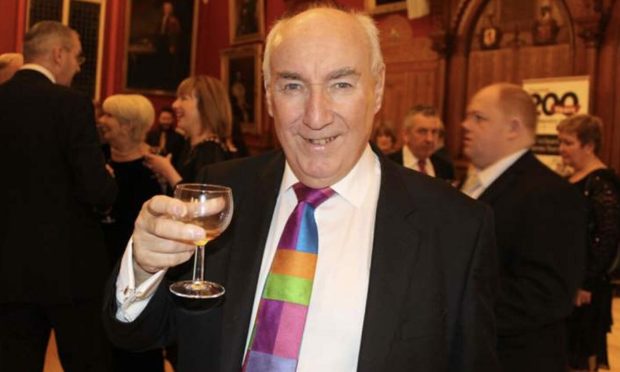
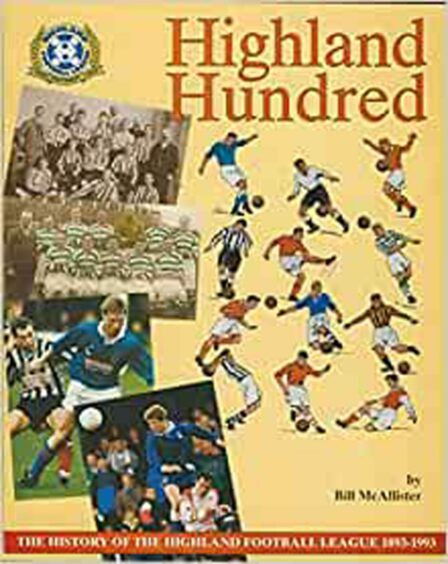
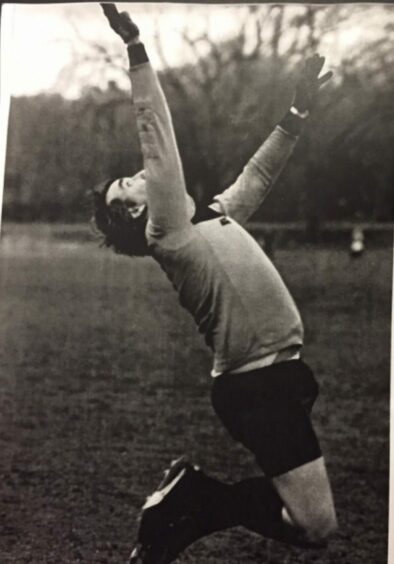
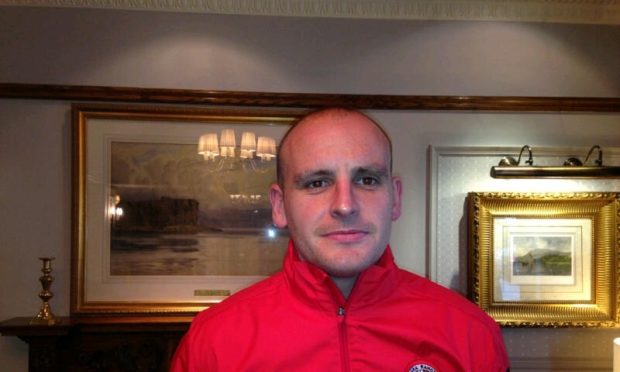
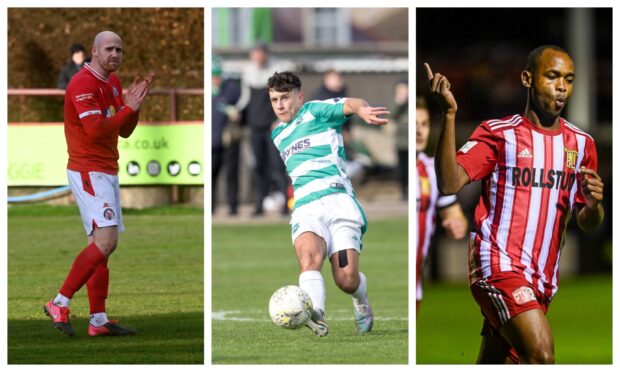
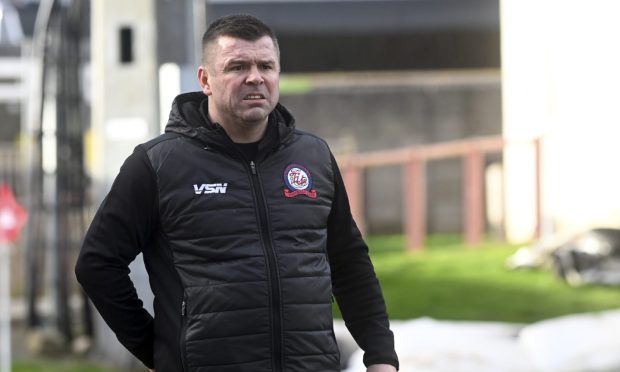
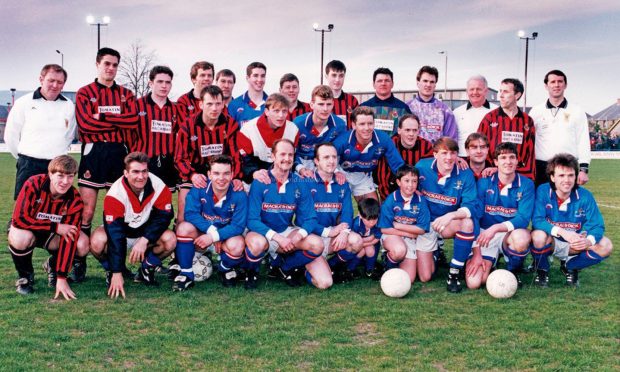
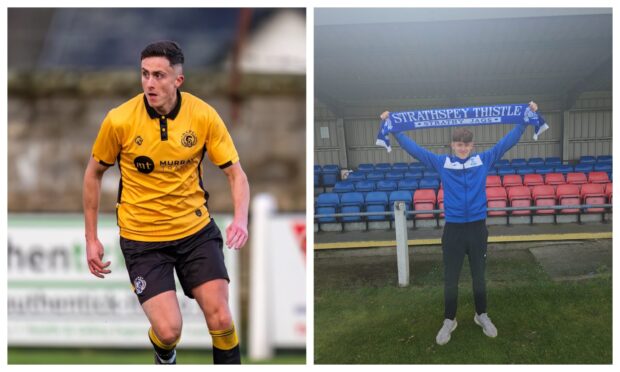
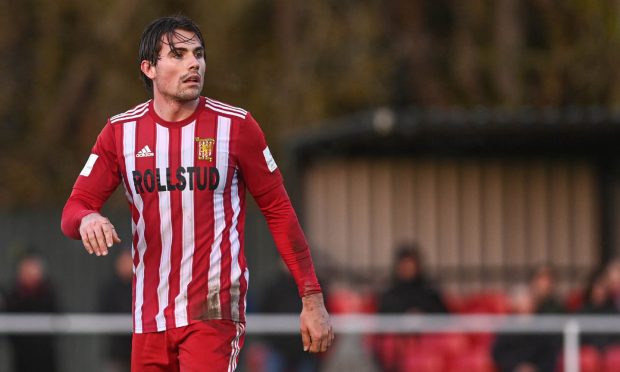
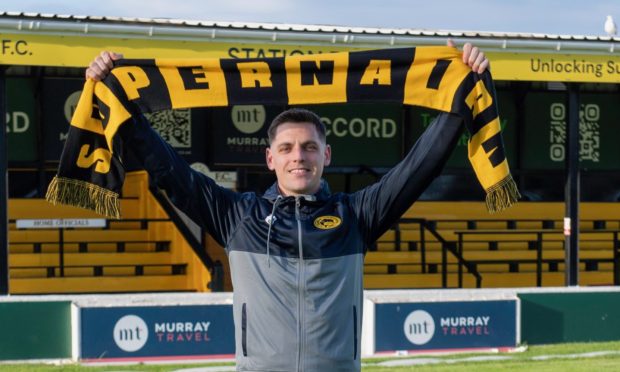

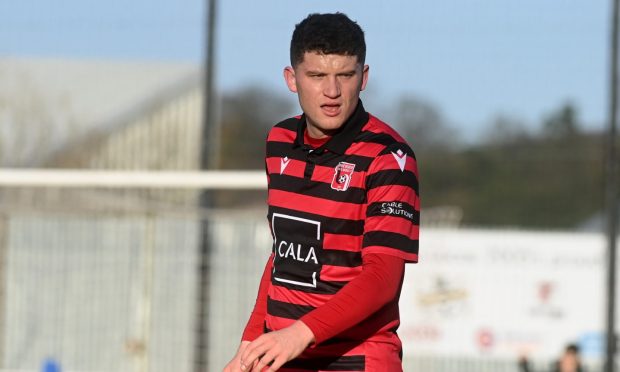
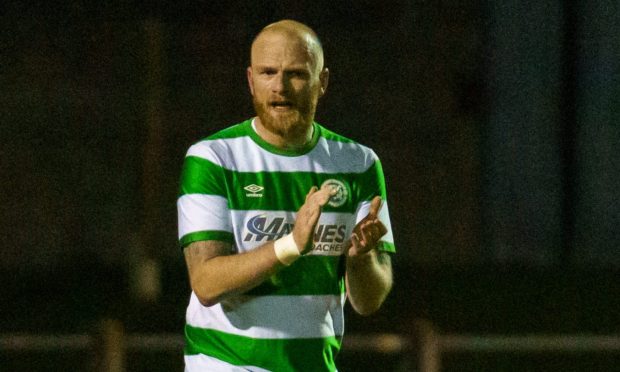
Conversation